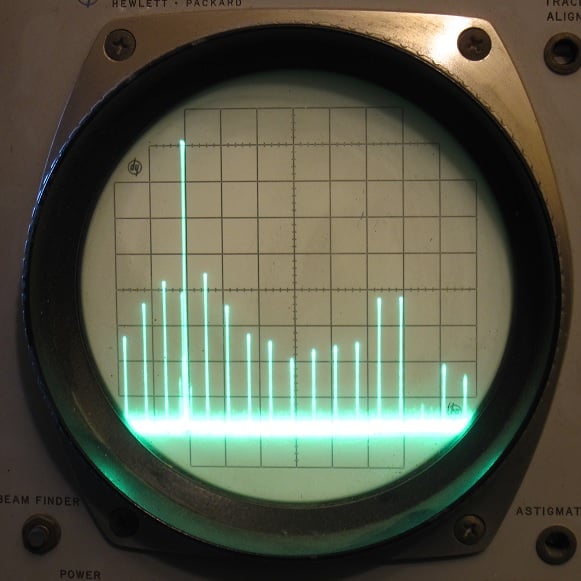cpu: Intel® Core™ i7-7500U CPU @ 2.70GHz, version: 6.142.9, size: 3268MHz, capacity: 3500MHz, width: 64 bits
also, if you could link a reliable guide for a newbie and your personal tricks to apply…
Halnziye HY-P15
https://www.halnziye.net/xinpin1/891.html
- Thermal conductivity is the key. Most brands don’t mention it
If you can afford it, Honeywell PTM7950. It’s very stable and avoids pump out, which is great in a laptop where you don’t want to repaste very often. It’s a phase change material, not a standard paste. To apply, put it the fridge to cool. Afterwards, cut to size and put it on. Once it warms up, it liquefies to fill all the small gaps.
Otherwise, most other pastes are fine. I’m partial to Arctic MX-4 but they’re all pretty the similar. On direct die like a mobile chip I would recommend spreading it out to ensure even coverage as gaps can cause hotspots which may eventually damage the chip.
I’ve been using the same tube of Arctic mx-4 for a decade now, and it has yet to fail me
Seconded
Mobile CPUs (any any direct-die cooling for that matter) are more prone to pump-out, where the chip and heatsink expand at different rates with temperature changes, and the varying gap between the two creates a pumping action. It’s best to use a thicker paste to avoid it, or even better, a thermal pad. Not that it’s the best in the long run, but I have gotten away with the thinner MX-4 in my laptop for about a year.
If you have maybe $30 to spare, consider buying some PTM 7950 since it’s second only to liquid metal (very hard to get right), and should be good for many years. Be sure to get it from reputable sellers though since there are fakes for PTM 7950.
Thermal paste is all the same. Anything marketing different is just marketing.
The paste doesn’t help dissipate heat, just act as a conduit to do so. If you’re in a laptop, you’re stuck with what fits.
It is a somewhat old-fashioned choice these days, but Arctic Silver 5 paste is still my go-to. It is very thick and not prone to pump-out or dry-out. I have systems that I have taken apart where the paste was still tacky a good 5-6 years later. I think some modern pastes are a degree or two cooler, but for a 15W U-series CPU I do not think that is as much of a concern.
Most tutorials online will be for desktop CPUs and will tell you to put a pea-sized bead in the center and press down, but this is more suitable for desktop CPUs with an integrated heat spreader and not laptop CPUs, which are typically direct die application and would probably either leave a ton of excess paste from a pea-sized dot, or risk an exposed corner for a smaller dot.
For direct die, I would suggest spreading an even layer of paste from edge to edge of the die using the edge of an old credit card or the like. You want to avoid stirring up the paste too much in order to avoid introducing air bubbles which could cause localized hot spots on the die.
in a notebook? would you be willing to try something like a graphite pad?



